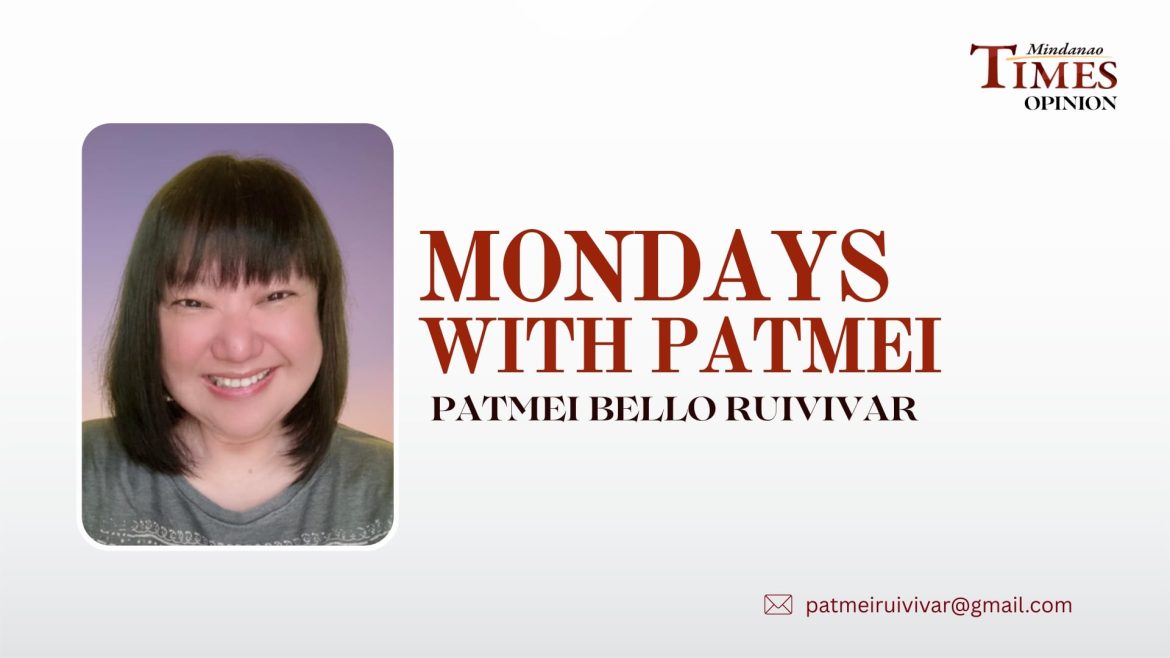AS I wrote in my previous column, the workshop outputs from each creative domain during the Davao City Culture, Arts and Heritage Summit held last September 26, 2025 at the Holy Cross of Davao College deserve a separate column piece. So here it is.
This is based on the synthesis made by National Commission for Culture and the Arts (NCCA) consultant Maria Victoria “Mags” Maglana from the collated workshop outputs of the following creative domains: digital arts; film and audio-visual arts; visual arts; music; performing arts; literary arts and publishing; architecture and design; cultural education; museum and galleries and cultural research; traditional cultural expressions; creative services and live events; gastronomy.
The breakout sessions of the different groups focused on three things: (1) their aspirations; (2) their challenges; and (3) their opportunities.
There are three shared visions that emerged from the summit. At the grassroots level, the participants want to “advance the contributions of culture, arts, and heritage sector in asserting that Davao is a Creative City where creativity and cultural industries are placed at the heart of development plans and programs.” When this is realized, Davao City will be “a creative city propelled by a strong culture, arts, and heritage sector.” This will then contribute to the “promotion and protection of cultural diversity” in general.
With these shared visions, the Davao creative community aspires for “a vibrant culture, arts, and heritage landscape” in the city. Specifically, they aspire for:
- More creations and creatives from Davao City and Mindanao;
- Viable, sustainable, and legally recognized professions in the creative industries;
- An organized and united creatives sector that will bridge gaps and barriers in our communities;
- Development of more business and livelihood opportunities that can cater to local, national, and global markets;
- Orchestrate festivals that can showcase our talents and help us reach our respective audiences;
- Position Davao City as a hub that provides spaces and resources which support and celebrate our respective sub-sectors;
- Creatives to inspire, mentor, and take care of the next generations of cultural workers and managers, artists, and performers to continue to grow as sub-sectors;
- Shaping generations of citizens who are knowledgeable about and proud of their roots and are prepared for the future.
To realize those aspirations, the summit participants acknowledged the complex realities they are facing and the need to overcome them. The common issues and challenges that emerged are:
- Inadequate resources and difficulties in accessing grants and other opportunities;
- Space and venue limitations;
- Scarcity of materials or materials that are not sourced locally;
- Talent drain due to limited local industry presence and opportunities, our talents go elsewhere or resort to online work, or become more expensive;
- Branding and promotion of Davao products;
- Inadequate government support;
- Government policy and process gaps/weaknesses like no tax support or incentives for culture and arts, difficulty in registering businesses;
- Cultural misrepresentation and discrimination, inadequate understanding;
- Modernization and other factors that affect audience interests or limit design options;
- Youth-related challenges like cultural identity crisis among IP youth, declining participation from the younger generation, and lack of appreciation of history;
- Censorship;
- Recognition challenges especially for modern/foreign-influenced forms which struggle to be integrated with local culture;
- Schools are not offering cultural education programs or limited integration in formal curricula;
- Education-Industry gaps that focus on technical skills but career development support is absent ;
- Abusive work practices like unpaid work, ghosting by clients, and a lack of recognition;
- Digital divide and digital safety;
- Lack of cultural bearers, space, funds, and facilities for Schools of Living Traditions.
However, the summit participants also identified opportunities for the creative community in Davao City:
- Existence of grants, competitions, and other resource opportunities (they exist but remain inadequate);
- Supportive Davao City government with the creation of a dedicated office for culture, arts, and heritage, and an endowment fund;
- Digital platforms and knowledge that can be used to engage the youth;
- Private partnership opportunities.
There is still a lot of work that needs to be done. But there are things that Davao City can do immediately and can be decided and implemented by the city government now. Some of the short-term recommendations are:
- Reconstitute the Davao City Culture, Arts, and Heritage Council with diverse and inclusive representation of all creative domains;
- Organize local councils for each creative domain to ensure democratic representation in the city-wide council;
- Create a creative roadmap and start crafting a 5-10-year Davao City Culture, Arts and Heritage Development Plan;
- Prioritize hiring and engaging local creatives for products and services;
- Facilitate the matching of local entrepreneurs with local artists for mutual growth;
- Provide financial assistance for participation of local talents in national and international competitions and events and engage the community in crafting the guidelines for the City Endowment Fund;
- Encourage local establishments and institutions to share their spaces for local artists’ exhibitions and performances;
- Invest more public funds in culture, arts, and heritage programs and projects, and it can already be reflected in the budget for 2026.
Summit keynote speaker, Miguel Rene A. Dominguez, reminded all of us that “culture cannot be nurtured by government alone” but “when culture is built into local government structures, most likely it will be sustained even as mayors and governors change.”
I have always said that Davao City’s development is civil society-led and private sector-driven. That has been our culture even before we were chartered as a city. Our local leaders know it. Our city government is aware of it, and that is why they listen to us and support us, or get out of our way. Because we will do what needs to be done, anyway, with or without government support. Fortunately for Davao City, our local government is supportive. May it continue to be so for generations to come.



